For more analysis download the Activity Evaluation report.
Activities
How the outcomes were achieved
- All activities
- New study options
- Additional Experiences
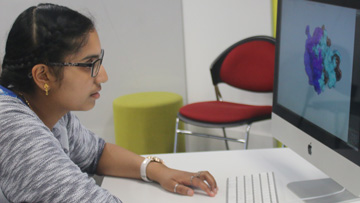 AMSPP collaboration
AMSPP collaboration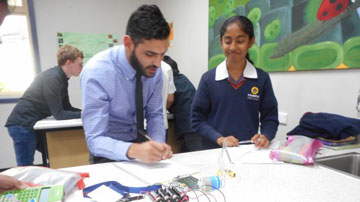 ASELL for Schools - Victorian Node
ASELL for Schools - Victorian Node Back to school
Back to school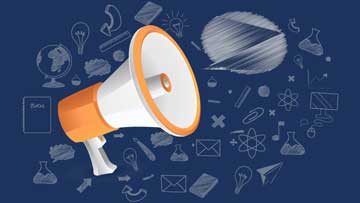 Communicating Science
Communicating Science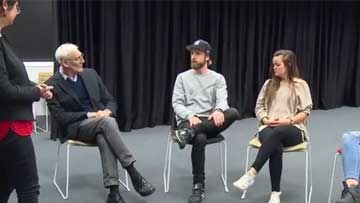 Contemporary Biology and Environmental Science In Education
Contemporary Biology and Environmental Science In Education Contemporary Science Schools Network
Contemporary Science Schools Network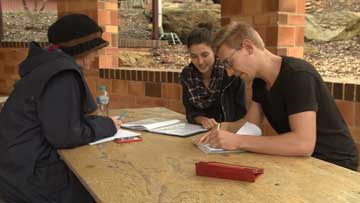 Discovery STEM initiative
Discovery STEM initiative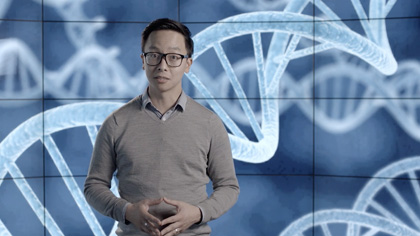 Maths videos
Maths videos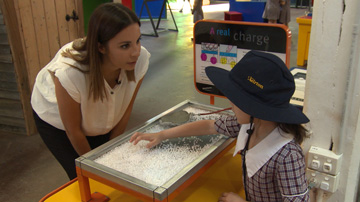 Multidisciplinary Science and Technology in Education collaboration
Multidisciplinary Science and Technology in Education collaboration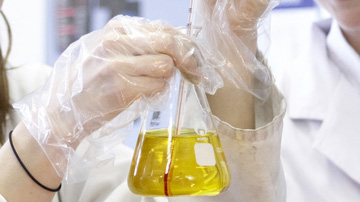 Reconceptualising Chemistry
Reconceptualising Chemistry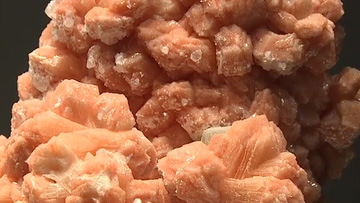 Reconceptualising Rocks
Reconceptualising Rocks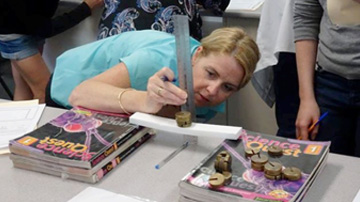 Representing scientific practice at the Institute for Frontier Materials
Representing scientific practice at the Institute for Frontier Materials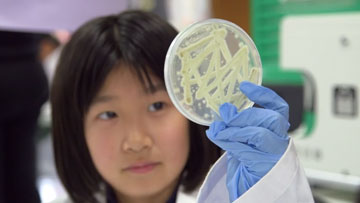 Scientists as Partners in Education
Scientists as Partners in Education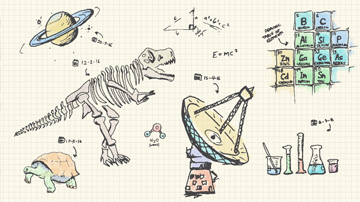 Science Squad
Science Squad
Scientists as Partners in Education
Creation of an in-class activity (Grime Detectives) by a scientist and a pre-service teacher, followed by five seminars with La Trobe scientists on activities relating to contemporary science, delivered to PSTs and teachers.
Contact
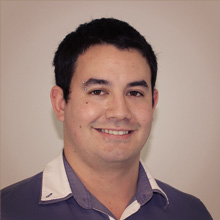
Responds to ReMSTEP innovation(s):
Contemporary science and mathematics integrated in initial teacher education (ITE) units of study.
Opportunities for students to interact with scientists in world-class research environments.
Key points
- 12 pre-service teachers and 9 working scientists participated
- A series of seminars for in-service and pre-service teachers
What image comes to mind when you imagine a scientist?
For many students, and even teachers, a scientist is someone in a white coat with frizzy hair. This popular image of the scientist often deters people from considering a scientific career, and hinders the teaching of science. La Trobe’s Scientists as Partners in Education (SPiEs) programs aims to change that image.

In the initial stage of the project, held in 2015, research scientists and pre-service teachers (PSTs) were brought together to design and deliver an activity to Year 5 and 6 students. The resulting ‘Grime Detectives’ activity involved students identifying surfaces which may have high bacterial loads, and using cotton swabs and agar plates to determine which is the most “grimy”. The ‘Weather’ activity utilised brain-storming and concept mapping to promote engagement by the students.
having a guest scientist there is fantastic, and I think it’s good to have them there out of their comfort zone
With data collected from this stage, a second stage was conceived in 2016: hosting a series of public seminars to a live audience of PSTs and in-service teachers, and making the recordings available online.
The seminars were structured as follows:
- Firstly, a senior scientist introduces their work, and the life journey they have taken to get to where they are, highlighting that most scientists do not take a direct (or effortless) path from school into research and academia.
- Then, the scientist introduces and demonstrates an activity, analogous to their work, that the attending teachers could easily do in their own classroom.
- Finally, the seminar host (also a scientist) leads discussion between the audience and the scientist about the usefulness or otherwise of the presentation.
The program sought to give a PSTs and in-service teachers an authentic and specific example of contemporary science, which they can draw upon in their teaching. Rather than referencing the textbook constantly, they are encouraged to not only learn, but create hands-on activities, and to link them with the seminars. Using the seminars and included lesson plans, they can create a launchpad from which subsequent resources can be explored from, enriching their lessons.
Overall, the undergraduate and postgraduate students gained an insight into how they can incorporate their current or prior education into their teaching at the university, as well as into primary or secondary teaching — should they decide to pursue a career in education. It also introduces them to the complexities and challenges of the teaching landscape.
The research scientists gained experience in delivering their recent research findings to an educated, but non-expert audience. While the seminar style of delivery is standard for scientists, they were forced to frame their work in such a way as to allow PSTs and in-service teachers to pass it on to school students in a way that is relatable to the current Australian curriculum.The scientists found that incorporating aspects of their work into the school curriculum was easy enough once the technically intricate parts of their work have been removed. The fundamental principles of their research were easily grasped by PSTs and teachers; it is hoped that this extends to students as well, through the teacher’s experiences.
Learn more
Footnotes:
Sign up to our mailing list to stay informed

 Engaging with practices of contemporary science
Engaging with practices of contemporary science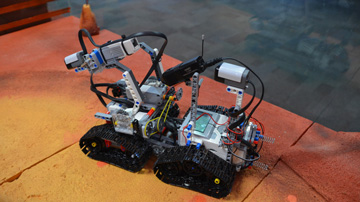 Inquiry science
Inquiry science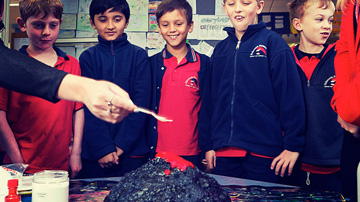 Schools science project
Schools science project Science in Schools
Science in Schools Science and mathematics specialist pathways
Science and mathematics specialist pathways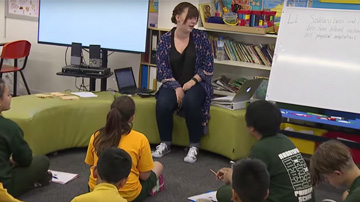 Science and Mathematics in the Classroom
Science and Mathematics in the Classroom